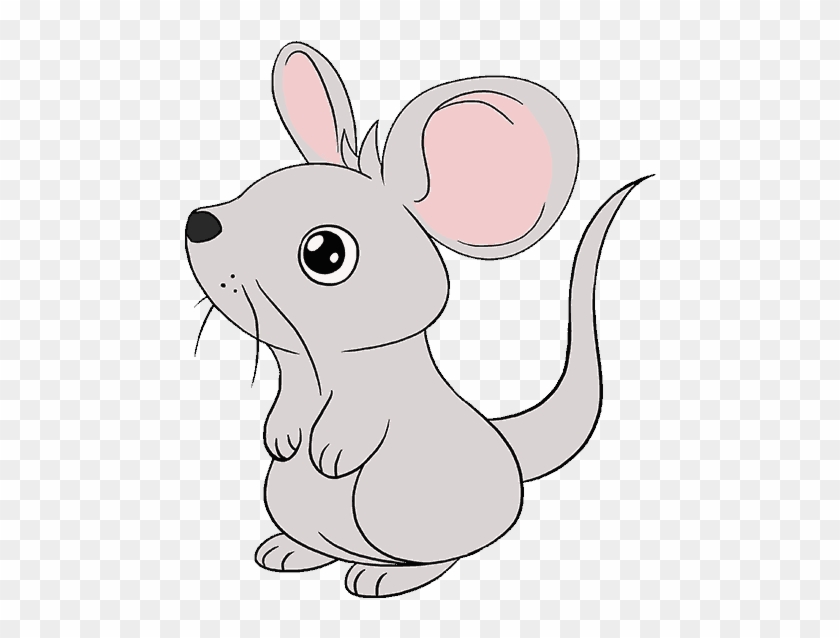Cobweb spiderweb easypeasyandfun bat
Table of Contents
Table of Contents
If you’re looking for a way to visually organize data and information, you may want to learn how to draw a cobweb diagram. This type of diagram is used in many fields, such as marketing, economics, and science, to represent multiple variables and their relationships. Not only is it aesthetically pleasing, but it also makes it easier to analyze and interpret complex information.
Many people struggle with creating cobweb diagrams because it requires a certain level of precision and attention to detail. You may also find it challenging to identify the variables you want to portray and their correlations. However, with a little bit of practice and patience, you can master the art of drawing cobweb diagrams.
To draw a cobweb diagram, you first need to determine the variables you want to represent. Then, draw a radial axis representing each of them. Divide the axis into equal intervals and mark the values of each variable on the axis. After that, plot the data points for each variable, connecting them with lines to form a polygon. The result is a cobweb diagram that displays the correlations between the variables.
In summary, the key to drawing a successful cobweb diagram is choosing the right variables to represent, accurately plotting and connecting the data points, and identifying the relationships between the variables.
My Experience with Drawing Cobweb Diagrams
When I first learned how to draw a cobweb diagram, I found it challenging to identify the variables I wanted to represent. I needed to carefully consider which variables were most relevant to my analysis and how they related to each other. Once I had my variables determined, I found the process of plotting them and connecting the data points to be quite straightforward. However, I realized that attention to detail was crucial in ensuring the accuracy of the diagram.
Tips for Drawing Cobweb Diagrams
When drawing a cobweb diagram, it’s important to keep the following tips in mind:
- Choose your variables carefully and ensure they’re relevant to your analysis
- Pay attention to detail when plotting and connecting the data points
- Use colors and labels to make the diagram easier to read
- Regularly review and update your diagram as new data becomes available
Uses of Cobweb Diagrams
Cobweb diagrams are commonly used in the following fields:
- Marketing to analyze customer behavior patterns
- Economics to represent supply and demand relationships
- Science to show the impact of various factors on an experiment
Benefits of Cobweb Diagrams
The benefits of using cobweb diagrams include:
- Providing a clear and intuitive representation of relationships between multiple variables
- Making it easier to visualize patterns and trends in data
- Facilitating decision-making by making complex information more accessible
Question and Answer
Q: What software can I use to create cobweb diagrams?
A: There are several software options available for drawing cobweb diagrams, including Microsoft Excel, R, MATLAB, and Python.
Q: Can cobweb diagrams be used to represent non-linear relationships?
A: Yes, cobweb diagrams can represent non-linear relationships. However, the axes may need to be adjusted to accommodate the curvature in the data points.
Q: How do I determine the best interval for the axes?
A: The best interval for the axes depends on the range of the values for each variable. It’s best to divide the axis into intervals that are easy to read and that accurately represent the data.
Q: Can cobweb diagrams be used for predictive modeling?
A: Yes, cobweb diagrams can be used for predictive modeling by identifying trends and patterns in historical data that can be used to make predictions about future data.
Conclusion of How to Draw a Cobweb Diagram
Drawing a cobweb diagram can be challenging, but it’s a valuable tool for visualizing relationships between multiple variables. By carefully selecting the variables to represent and accurately plotting and connecting the data points, you can create a visually appealing and informative diagram that can aid in decision-making.
Gallery
Numerical Methods - Mathscard Online

Photo Credit by: bing.com / numerical cobweb diagram methods fixed unique existence prove point math mathematics
How To Draw Cobweb For Kids - Slide 7 - Click To Enlarge | Drawings

Photo Credit by: bing.com / cobweb
Simple Spider Web Drawing | Free Download On ClipArtMag

Photo Credit by: bing.com / spinnenweb doodle spiderweb aranha teia spinnennetz araña stockillustratie cobweb telaraña result webs wat elbow spinne simplebe vetorial wolf
Introduction To Cobweb Plots - YouTube

Photo Credit by: bing.com / cobweb
How To Draw A Spiderweb - Step By Step Cobweb Drawing Tutorial | Spider

Photo Credit by: bing.com / cobweb spiderweb easypeasyandfun bat





